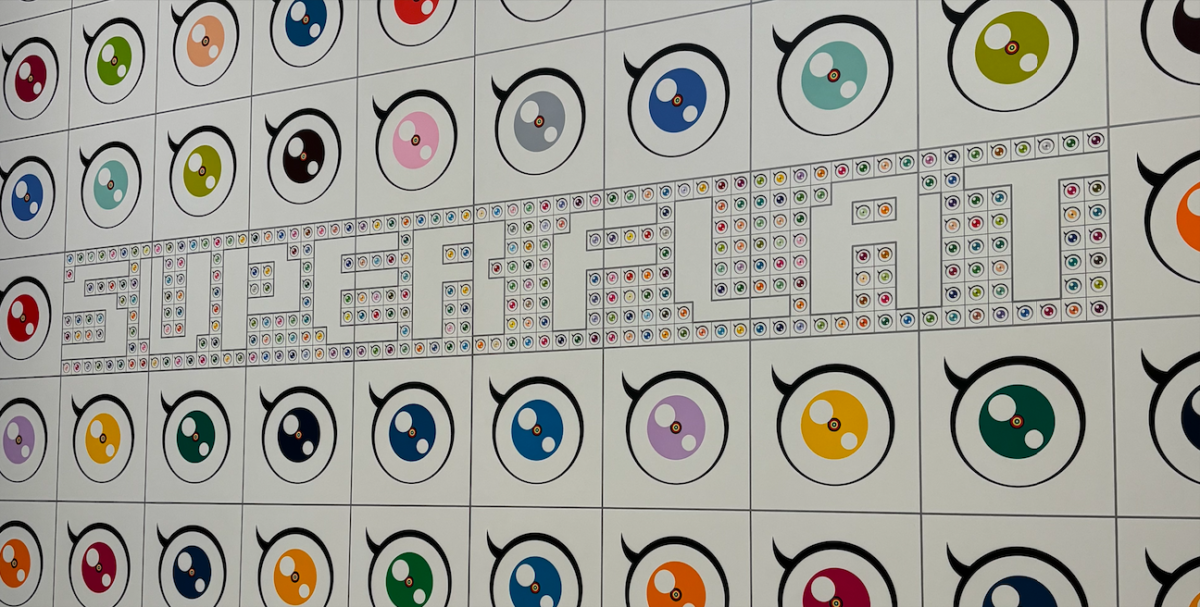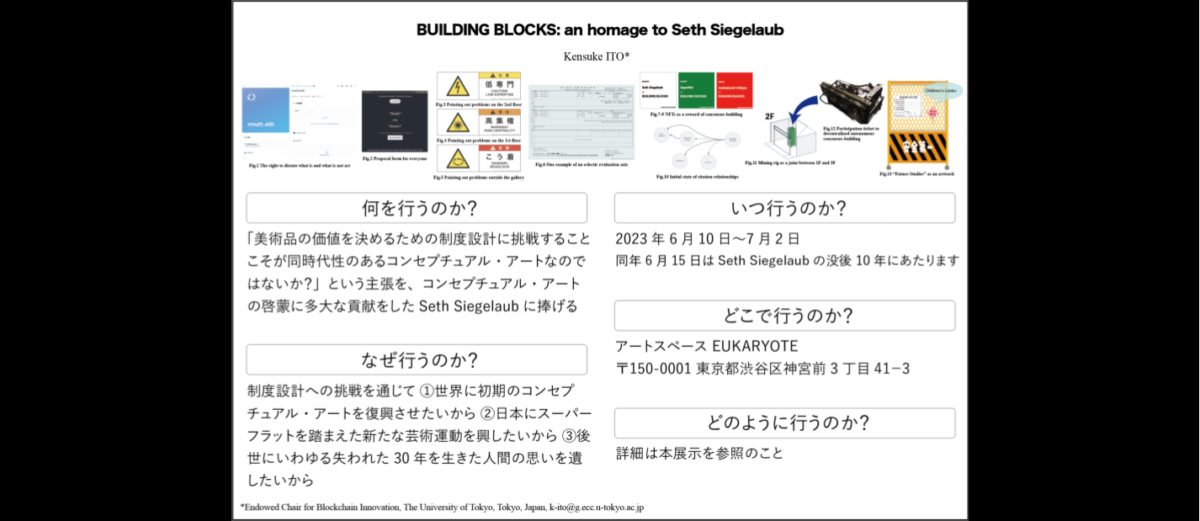最近の日本の美術業界、とくにアニメ・漫画的な美術表現を模索する人たちに向けて、思うことを備忘録的に残します。
Continue reading “スーパーフラットのコンセプト部分を忘れないで欲しい”Asides
Ito (2024) “Cryptoeconomics and Tokenomics as Economics: A Survey with Opinions”
Abstract: This paper surveys products and studies on cryptoeconomics and tokenomics from an economic perspective, as these terms are still (i) ill-defined and (ii) disconnected from economic disciplines. We first suggest that they can be novel when integrated; we then conduct a literature review and case study following consensus-building for decentralization and token value for autonomy. Integration requires simultaneous consideration of strategic behavior, spamming, Sybil attacks, free-riding, marginal cost, marginal utility and stabilizers. This survey is the first systematization of knowledge on cryptoeconomics and tokenomics, aiming to bridge the contexts of economics and blockchain.
Published in ICBC 2024, SoK session.
呪術廻戦の作者にはしっかり死んでもらいたい
- まずは度を越したパクリに呆れる
- しかし死に様へのこだわりに作家性を感じる
- つまり漫画家としてあがいているのではないか
国民民主党の特別党員になってみた
- 特別党員とは何か?
- なぜ特別党員になったのか?
- どんな感じだったのか?
初個展の感想戦
- 来場者の方から言われたこと
- 自己反省していること
- 総括すると
Ito (2023) “Be More Conceptual Regarding Non-Fungible Tokens (NFTs) as Art”
Abstract: This statement presents the author’s proposition—“Let’s be more conceptual!”—in response to the attempt to interpret Non-Fungible Tokens (NFTs) as contemporary art. In the context of NFTs, this opinion has the significance of finding artistry in the underlying decentralized autonomous consensus-building, and in the context of contemporary art, it has the significance of leading to the revival of early conceptual art. The second half of this statement covers the novelty and feasibility of this opinion, referring to precedents in art and engineering.
rmutt.ethの感想戦
- rmutt.ethとはどんな作品か
- ポジティブなフィードバック
- ネガティブなフィードバック
Be More Conceptual on NFT ✕ アート! [没原稿]
- 合意形成という新奇性に着目せよ
- コンセプチュアル・アートの文脈と接続せよ
- これは決して荒唐無稽な話ではない





![Be More Conceptual on NFT ✕ アート! [没原稿]](https://knskito.com/wp/wp-content/uploads/2021/10/IMG_3537-1200x525.jpg)